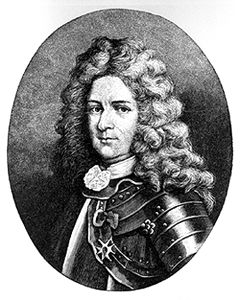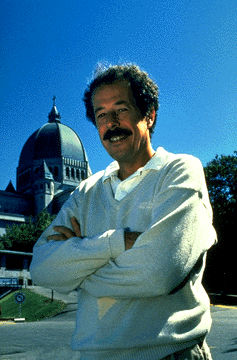Article
Pierre-Joseph-Olivier Chauveau
Pierre-Joseph-Olivier Chauveau, lawyer, educator, politician, premier of Québec 1867-73 (b at Charlesbourg, LC 30 May 1820; d at Québec 4 Apr 1890). Elected to the Assembly of the Province of Canada in 1844, he later held several Cabinet posts.












